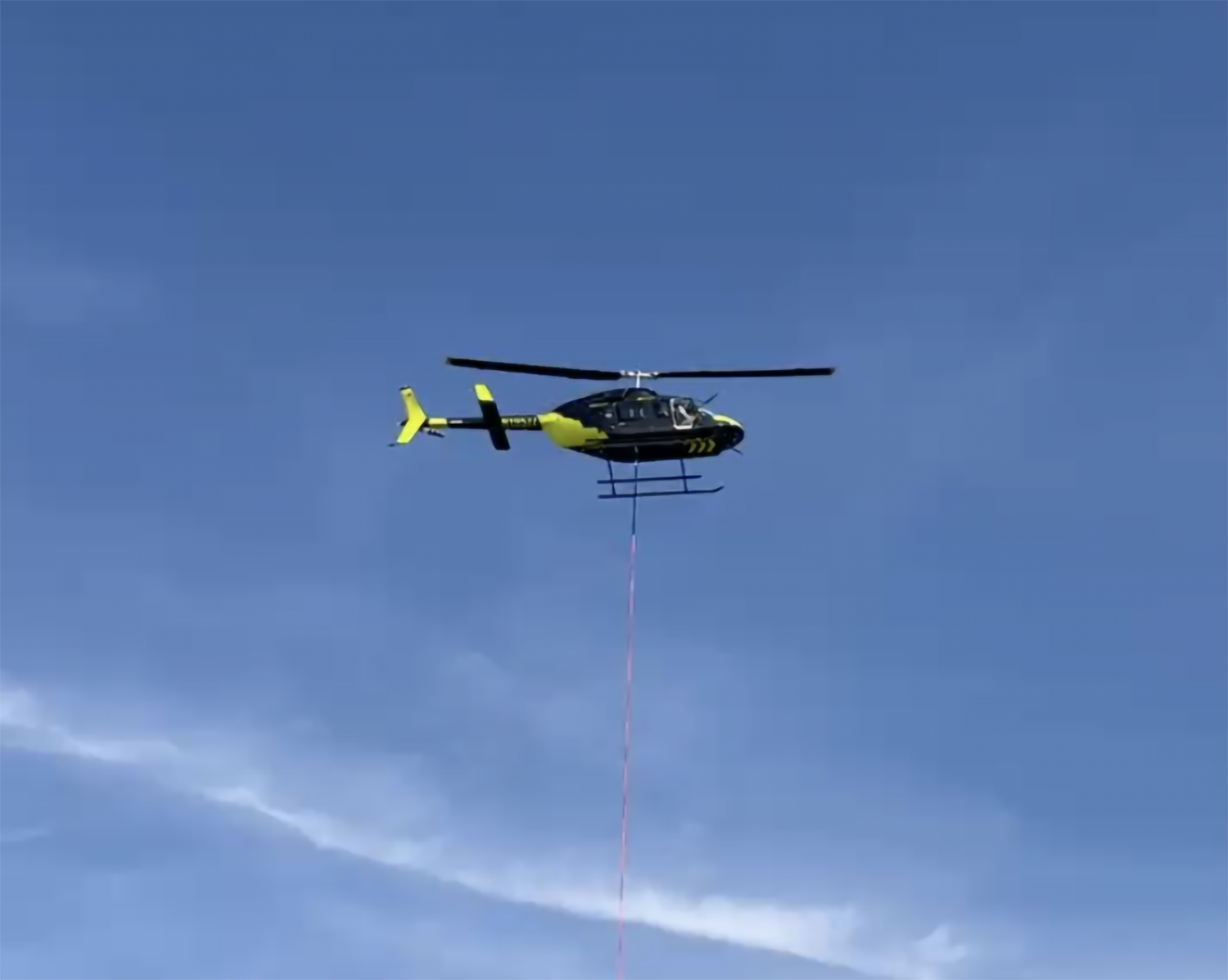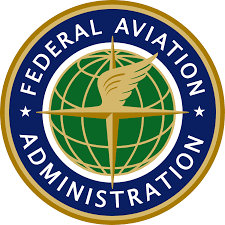Ever see a helicopter gracefully dancing through the sky, dangling a massive HVAC unit, a bundle of logs, or a giant bucket of water? What you’re witnessing isn’t just a stunt; it’s one of the most demanding and critical jobs in aviation: external load operations.
Often called “sling loading” “long-lining,” or “Vertical Reference”this is the art and science of moving materials – and sometimes people – using a cable, hook, or net suspended beneath the aircraft. But why go to all the trouble?
Simple: because no other machine can do what a helicopter does.
Precision in Impossible Places
The primary value of a helicopter is its ability to bypass terrain. When a construction site is perched on a mountainside, deep in a forest, or on the roof of a 50-story skyscraper, you can’t exactly drive a crane up there.
This is where the helicopter becomes a “sky crane.” It can pick up a heavy load from a staging area and fly it directly to the drop-off point with pinpoint precision, often placing it within inches.
The "What" and "Why" of Vertical Reference
The applications for external loads are incredibly diverse, touching almost every heavy industry and emergency service:
-
Construction: Lifting steel beams, concrete, and heavy machinery (like HVAC units) to rooftops or remote build sites.
-
Firefighting: This is the most visible use. The famous “Bambi Bucket” is an external load operation, allowing a pilot to scoop thousands of gallons of water from a lake and drop it precisely onto a wildfire.
-
Logging: In environmentally sensitive areas, “heli-logging” selectively removes timber without the need for destructive logging roads.
-
Utilities: Setting power poles, towers, stringing power lines across canyons and mountainsand even Human External Cargo (HEC), a highly specialized operation
-
Disaster Relief & SAR: When roads are gone, helicopters are the lifeline, delivering food, water, and medical supplies.
"Vertical Reference allows us to move men and materials in support of critical infrastructure, providing unmatched benefits to society."
It's a team effort
While the pilot’s skill is incredible, external load work is a high-stakes ballet that relies on a perfectly coordinated team.
-
The Pilot: They must master “vertical reference flying,” which often means looking straight down through a bubble window in the floor, or out the side, to see the load and the ground crew—all while maintaining a perfectly stable hover in shifting winds.
-
The Ground Crew: These unsung heroes are the pilot’s eyes on the ground. They include:
-
Riggers: Certified professionals who know the complex physics of weight, balance, and rigging. An improperly attached load can be catastrophic.
-
Signalers: Using specific hand signals or radio communication, they guide the pilot for the final, precise placement of the load.
-
A Masterclass in Risk Management
Make no mistake: this job brings with it risks that must be mitigated whenever possible. The load can swing, the aircraft’s center of gravity is constantly changing, and strong downdrafts or updrafts can appear suddenly.
Because of this, the entire field is governed by extremely strict regulations, like 14 CFR Part 133 in the United States, which covers “Rotorcraft External-Load Operations.” Pilots and crews undergo hundreds of hours of specialized training. Every single lift is meticulously planned, calculating wind, weight, and aircraft performance down to the smallest detail.
The Unsung Heroes of the Sky
The next time you see a helicopter lifting a heavy load, take a moment to appreciate the incredible skill on display. These pilots and crews are the unsung heroes of modern construction, emergency response, and logistics. They are the ones who make the impossible possible, one precise, perfectly executed lift at a time.




